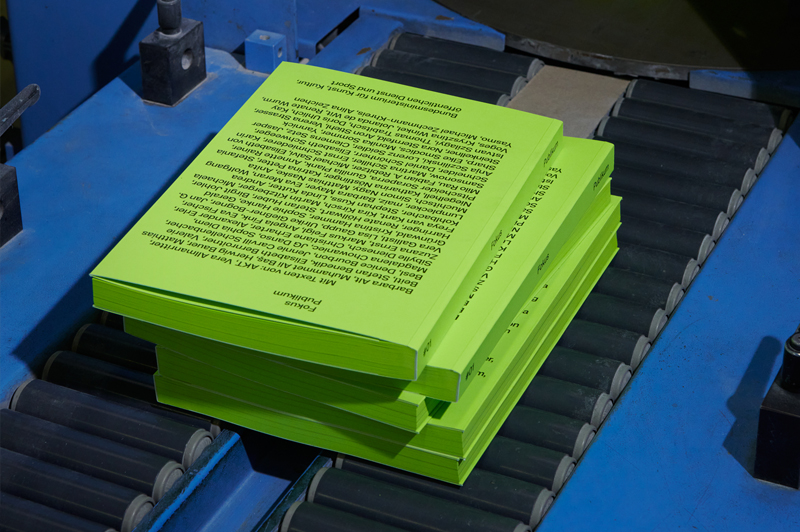The public was a priority topic for the Austrian Federal Ministry for Arts, Culture, the Civil Service and Sport (BMKÖS) in 2023. Targeted campaigns, promotional measures and a comprehensive study were developed. The book “Fokus Publikum” is a further contribution to this intensive debate. The book describes the central role of the audience in the federal government’s arts and culture strategy and thus supports artists and cultural institutions in their work with and for the audience. The aim was also to make the diversity of the Austrian art and cultural landscape and thus the diversity of the audience visible, to identify challenges as such and to capture and make accessible knowledge and strategies for the future beyond sectors, size and degree of institutionalization.
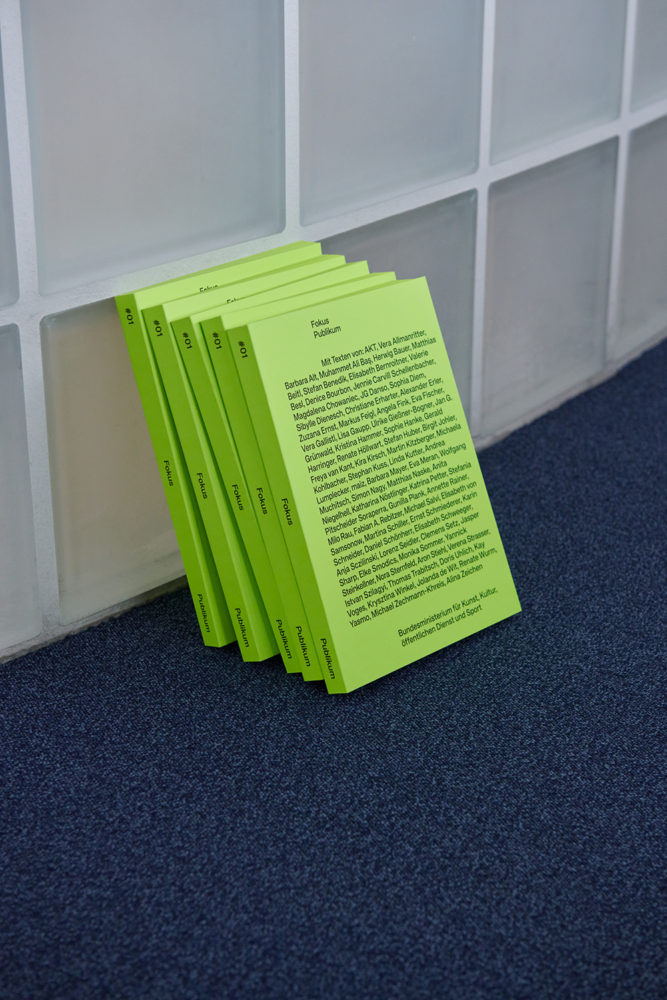
The publication Fokus Publikum brings together 64 positions and perspectives from representatives of the Austrian arts and culture sector and academia. Practical examples and studies bring to light facts and fictions that deal not only with the actual but also with the potential audience and examine the phenomenon of the audience in a variety of ways. The volume invites readers to develop a new concept of the audience as a central actor and relevant factor in cultural events and cultural policy.
Practical examples and studies bring to light facts and fictions that deal not only with the actual but also with the potential audience and examine the phenomenon of the audience in a variety of ways.
The texts from research and science in the first chapter set the stage for further discussion. They introduce initial analytical frameworks and bring concepts into play. The focus here is on the non-audience, concepts for dealing with visitor numbers and approaches to understanding cultural inclusion and exclusion.
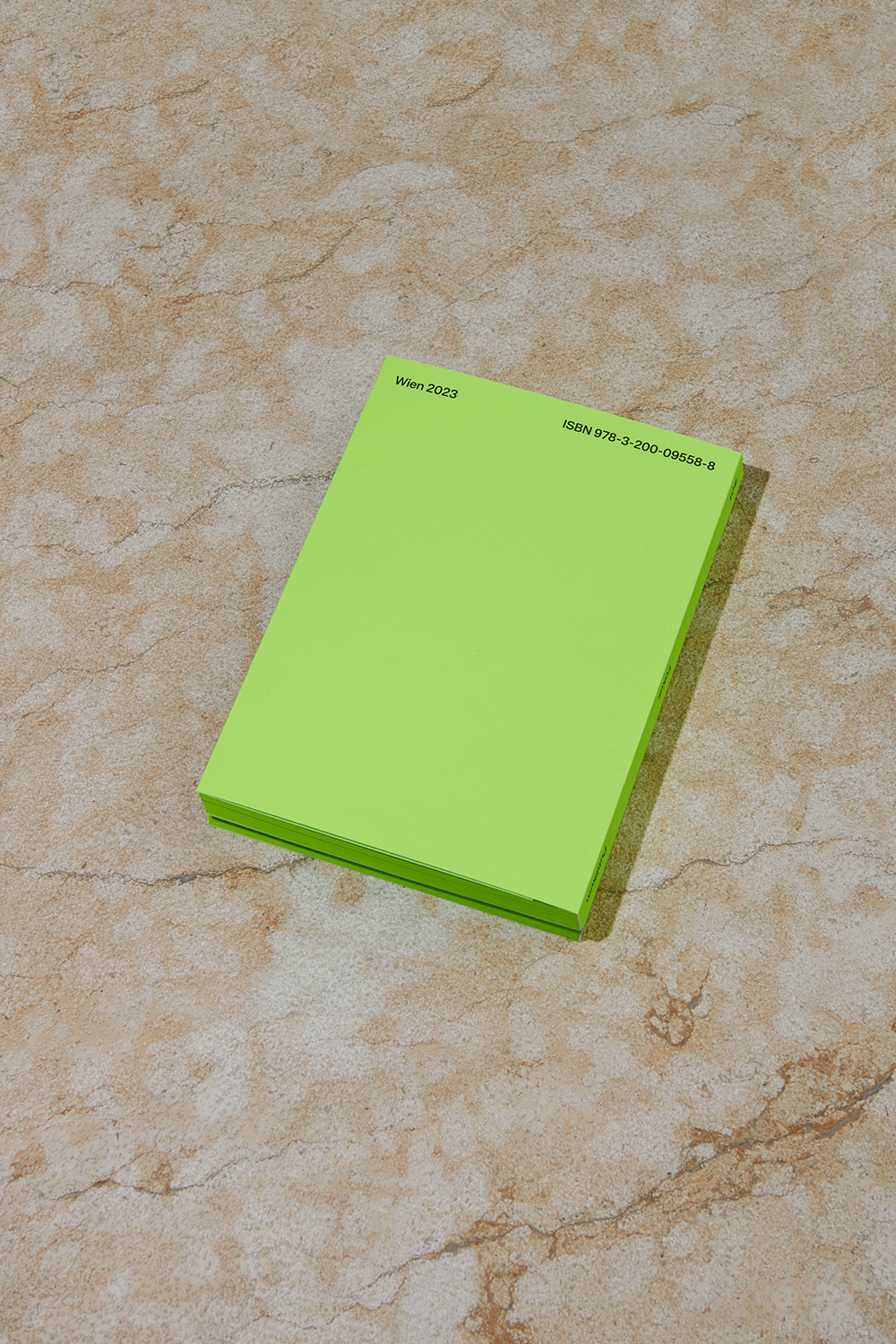
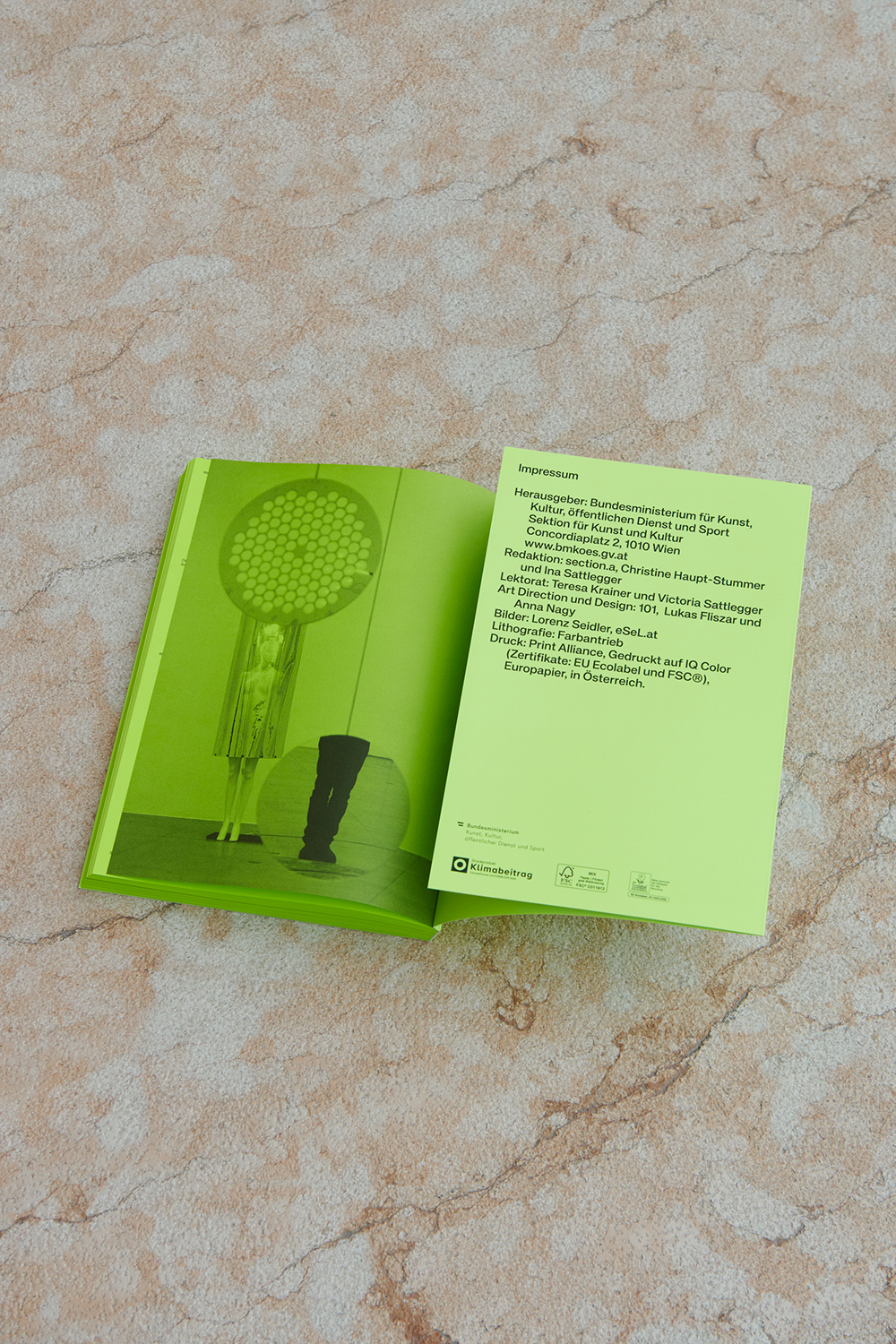
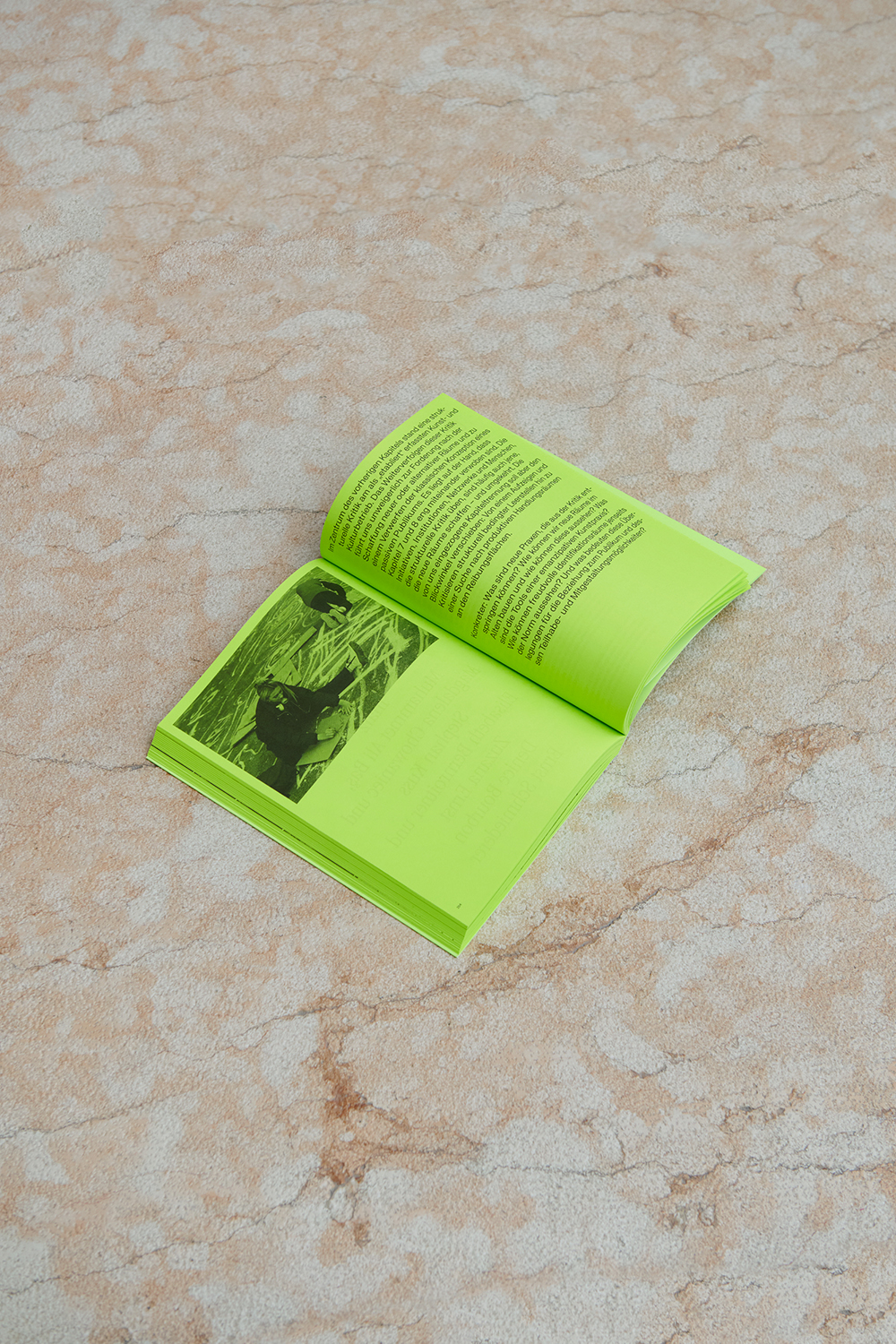
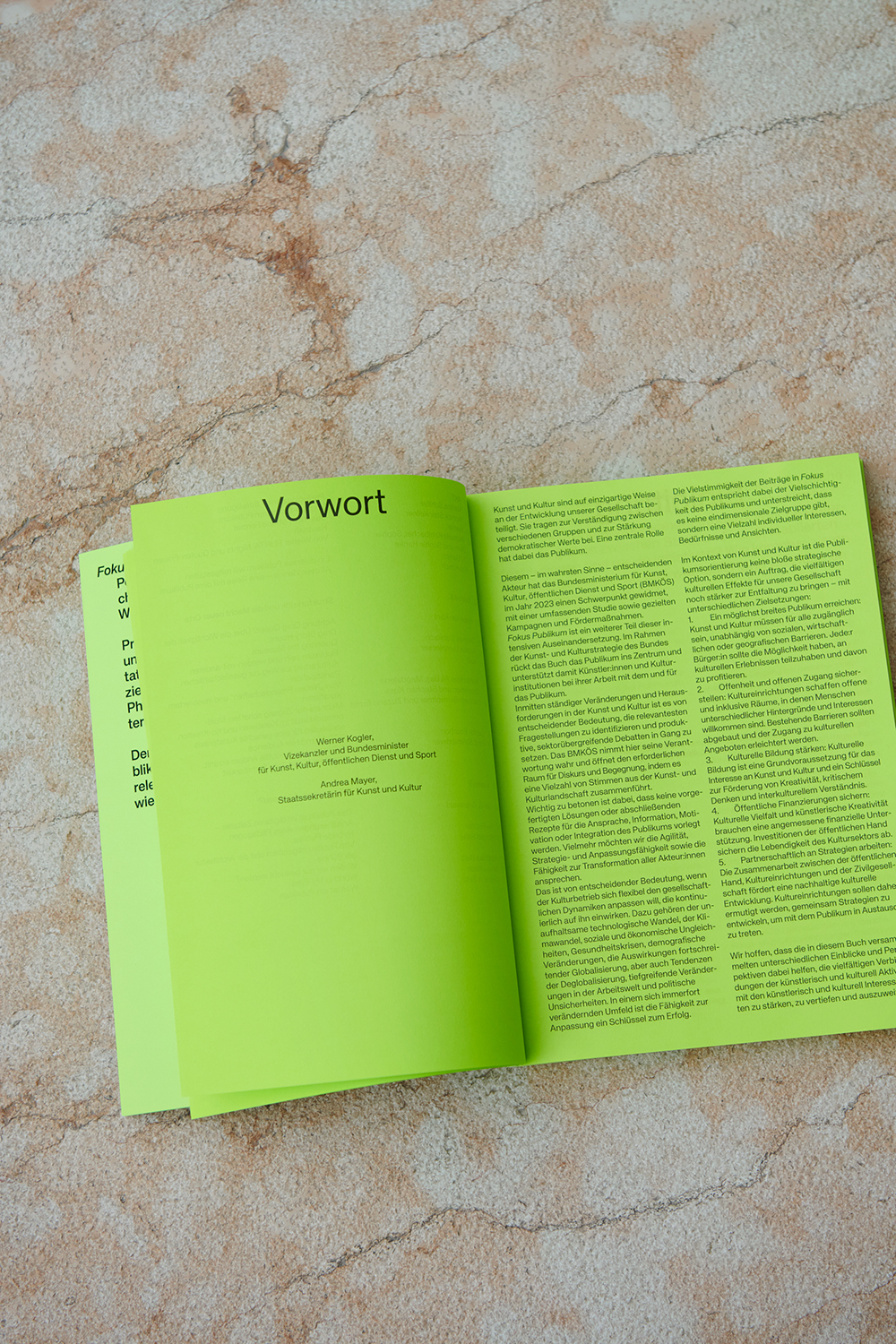
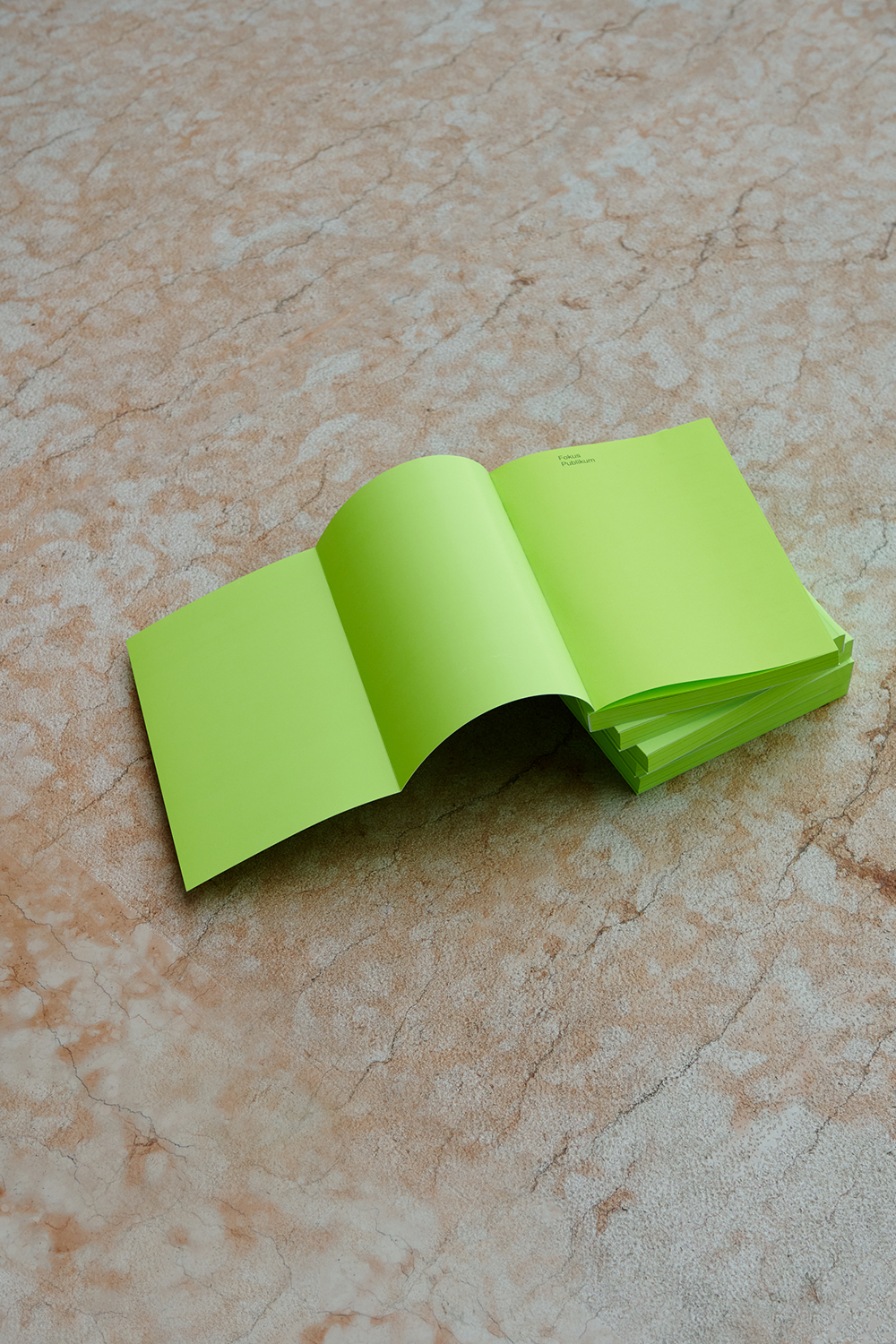
The second chapter brings together contributions from a practical perspective that reflect on challenges and learning curves and offer initial insights into specific approaches. And above all, they ask: can quality be measured in audience figures?
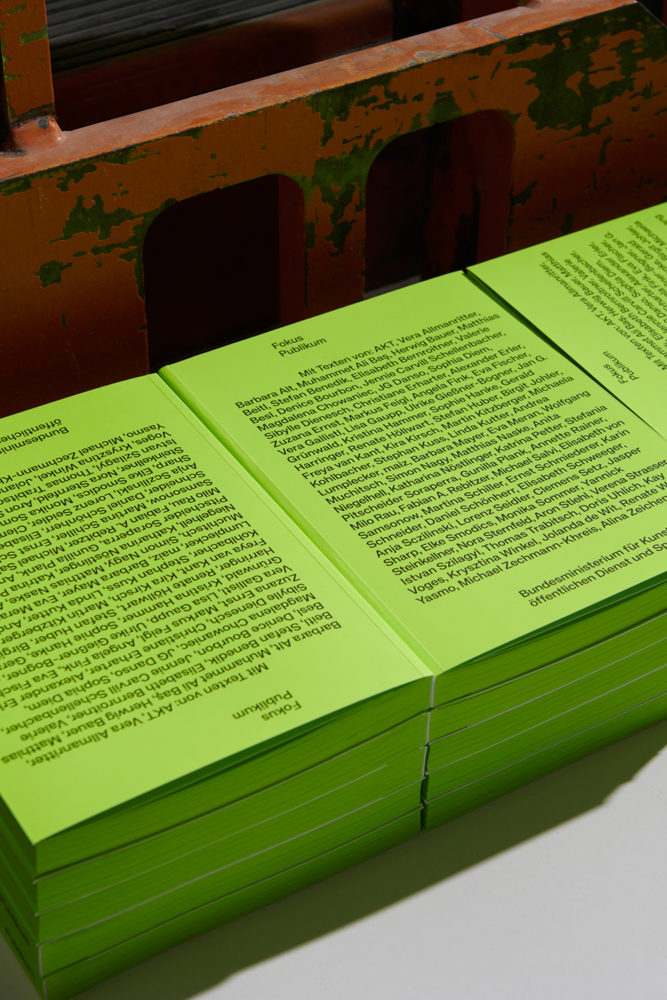
The third chapter looks at the audience from the perspective of communication and networking. How do I reach whom? What can informational work look like? What networks are there?
The fourth section contains artistic, mediating and research-based perspectives on audiences and age. The starting points are heterogeneous: Is it about addressing young visitors as the audience of tomorrow? Or is it about dealing with specific interests, wishes and needs in the here and now? And what about the older generations?
The fifth, sixth, seventh and eighth chapters shed light on different positions of the authors within the more or less institutionalized cultural sector. While some art and cultural institutions operate in a traditional way, other actors explicitly break with conventions or create their own new traditions. Both have their legitimacy, both shape the respective view of the audience.
This is not primarily about redefining, but about opening up the search – virtually and in reality. Clemens Setz ends the book with the question: What is an audience? And thus closes the circle. For the time being.
The final chapter deals with the future: What are the questions we need to ask ourselves? Who is Austria’s art and culture audience? What are the needs and wishes of visitors to art and cultural events? What differences are there between urban and rural areas, established institutions and new initiatives? How do we communicate, who do we reach and who is missing? And what can we learn from each other? Where are new concepts of audiences already visible today? This is not primarily about redefining, but about opening up the search – virtually and in reality. Clemens Setz ends the book with the question: What is an audience? And thus closes the circle. For the time being. Introductory text by the curators Christine Haupt-Stummer and Ina Sattlegger, section.a.
Lukas Fliszar and Anna Nagy from the Viennese design agency 101 (previously here) are responsible for the book design. What immediately catches the eye is the choice of paper. The entire publication was printed on a solid-colored, neon green paper in 80 grams, something you don’t see very often. “It was all the more exciting to hold the final book in my hands. The choice of paper alone brings the importance and significance of the public for art and culture to the fore. At this point, it remains for me to say once again: long live the printed medium!”, praises Sandra Schmidt from Europapier. “The combination of content, typography and photos in harmony with the neon green IQ Color paper make this publication a real reading experience.”
The publication can be ordered free of charge by e-mail: KunstKultur.Protokoll@bmkoes.gv.at
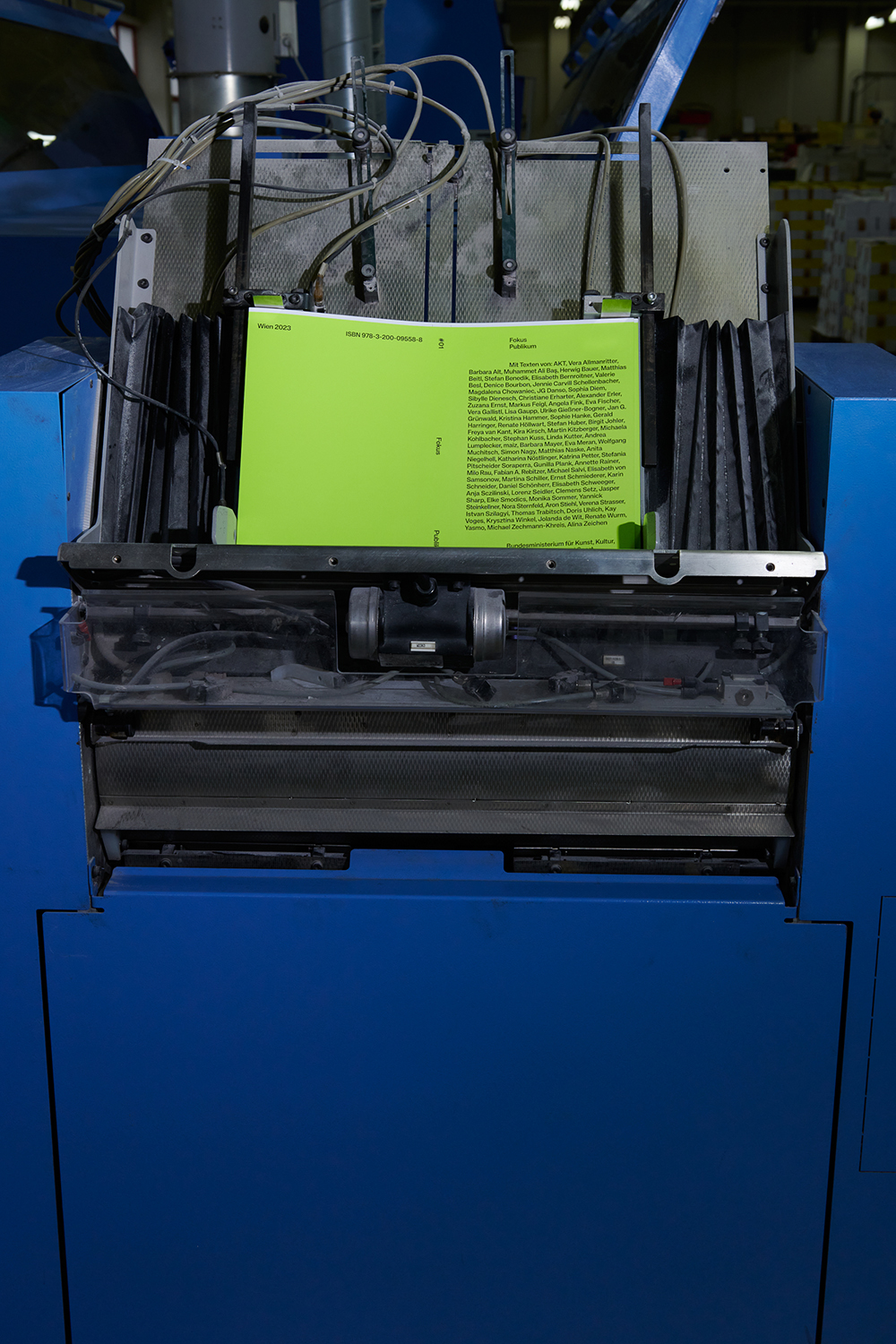
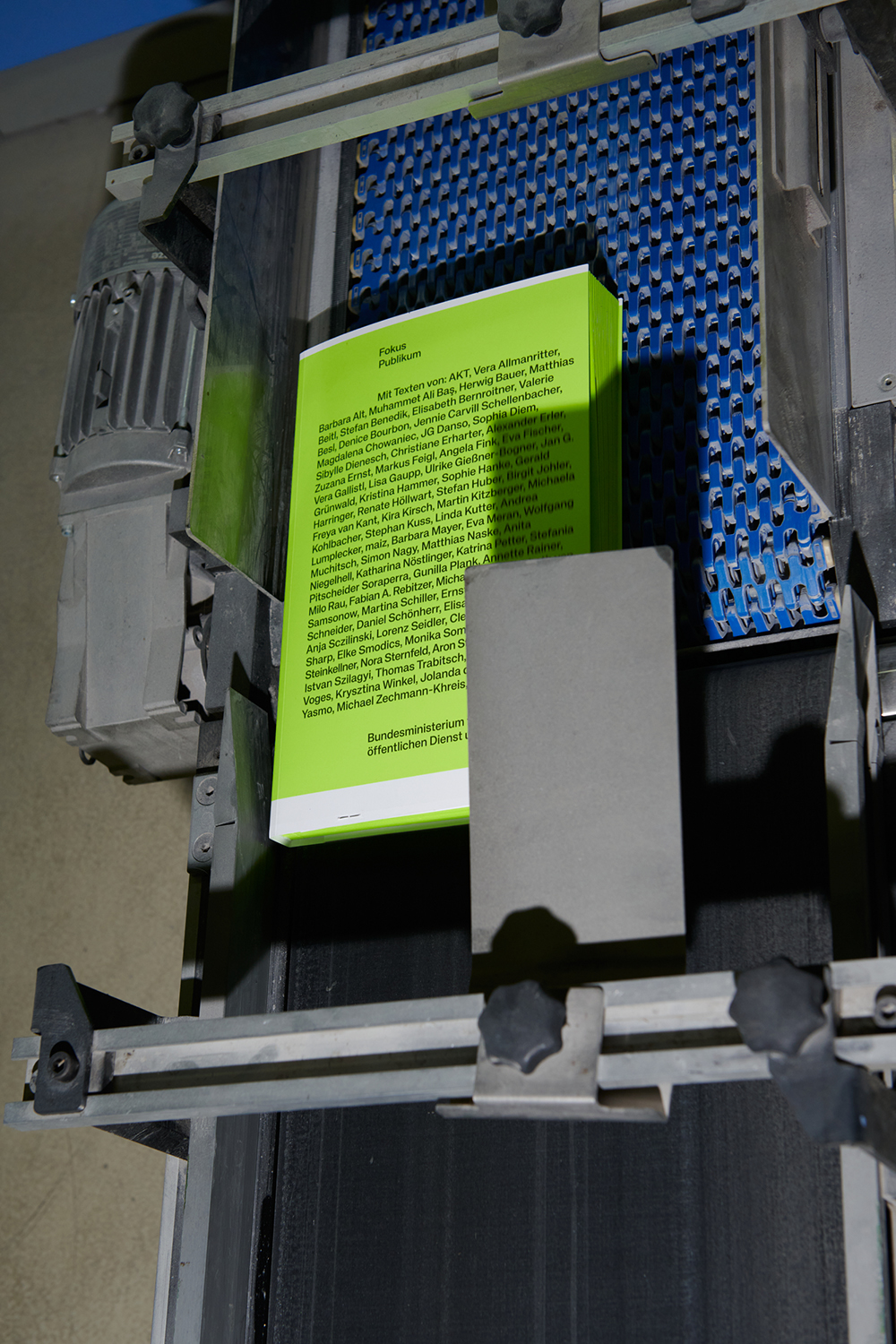
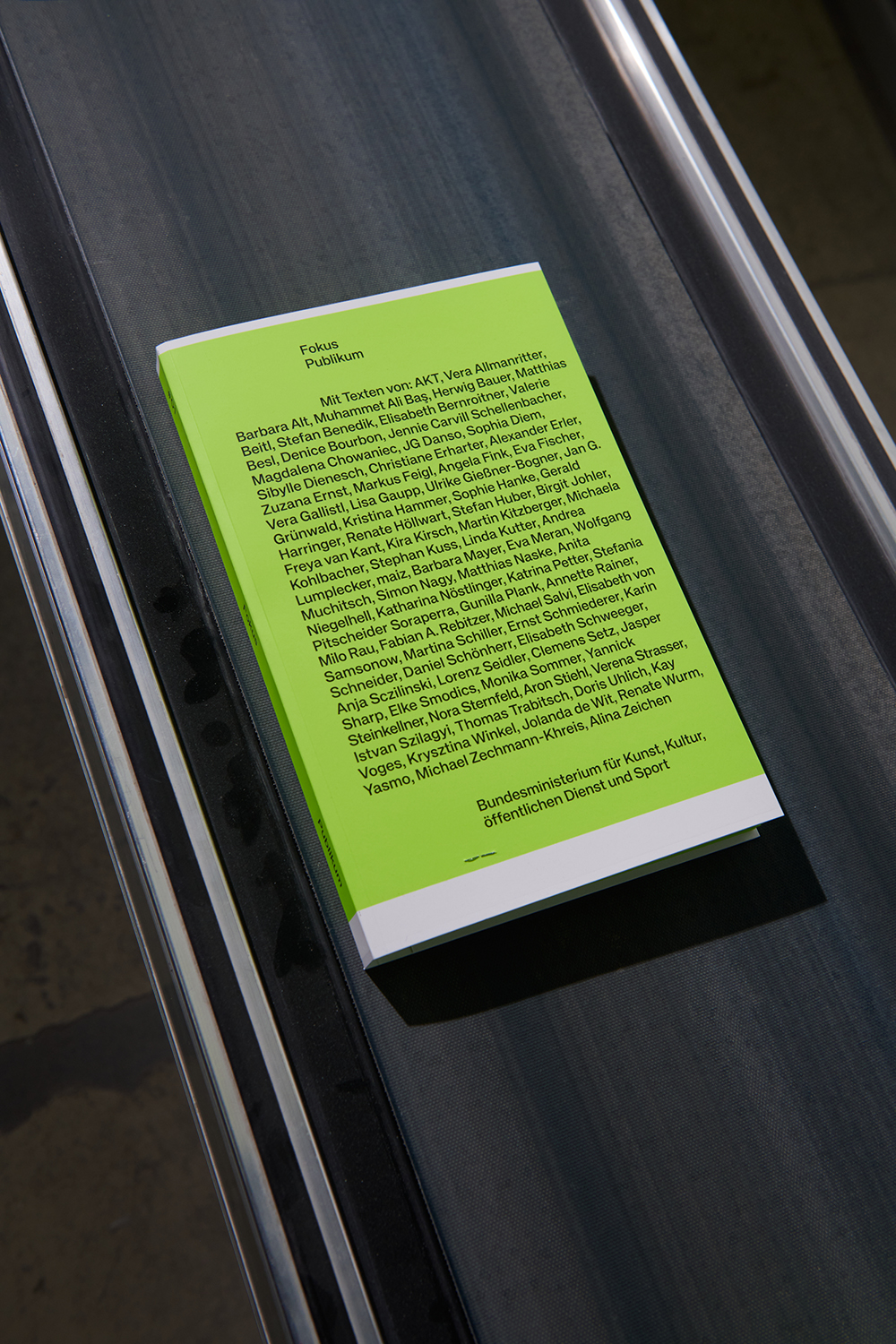
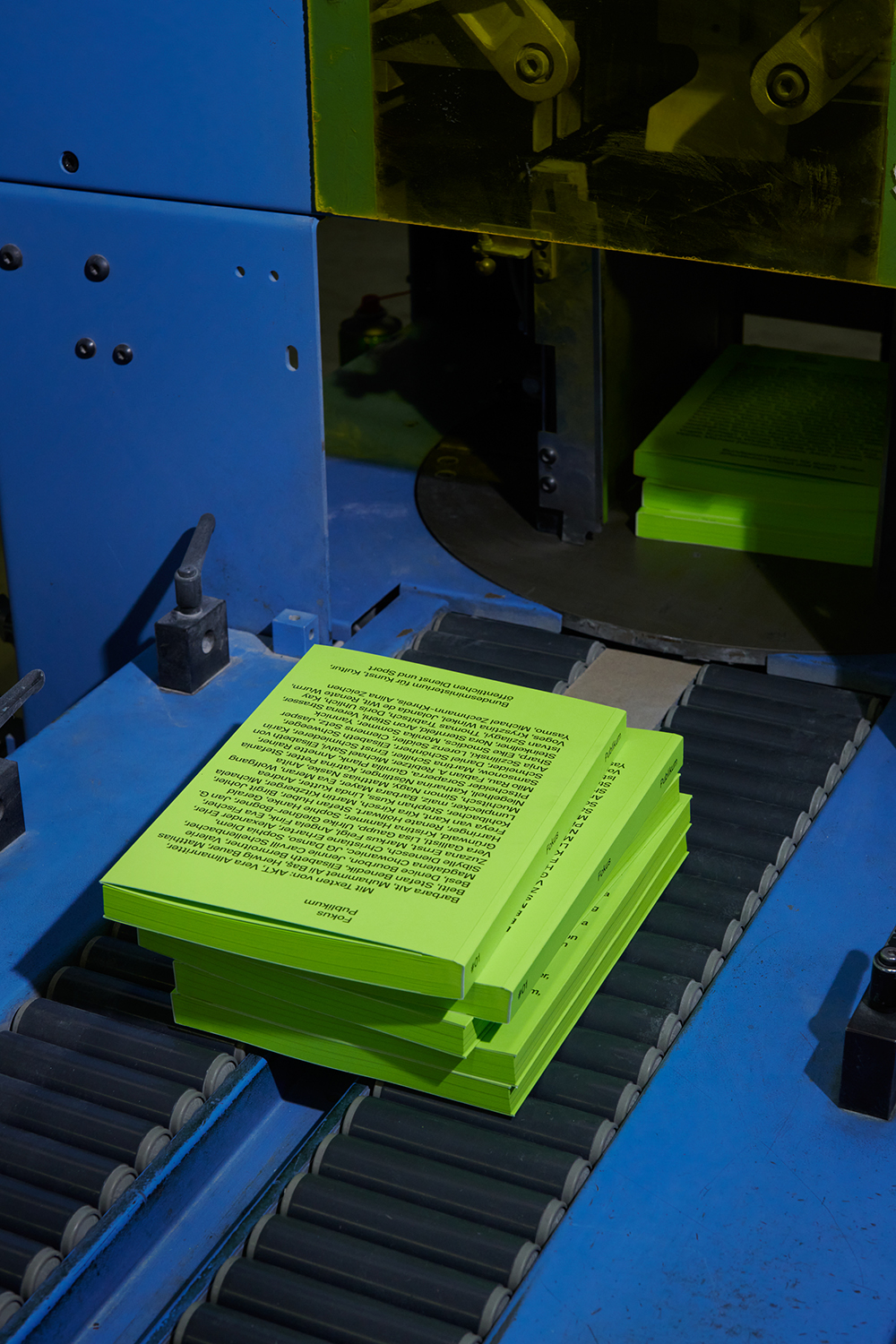
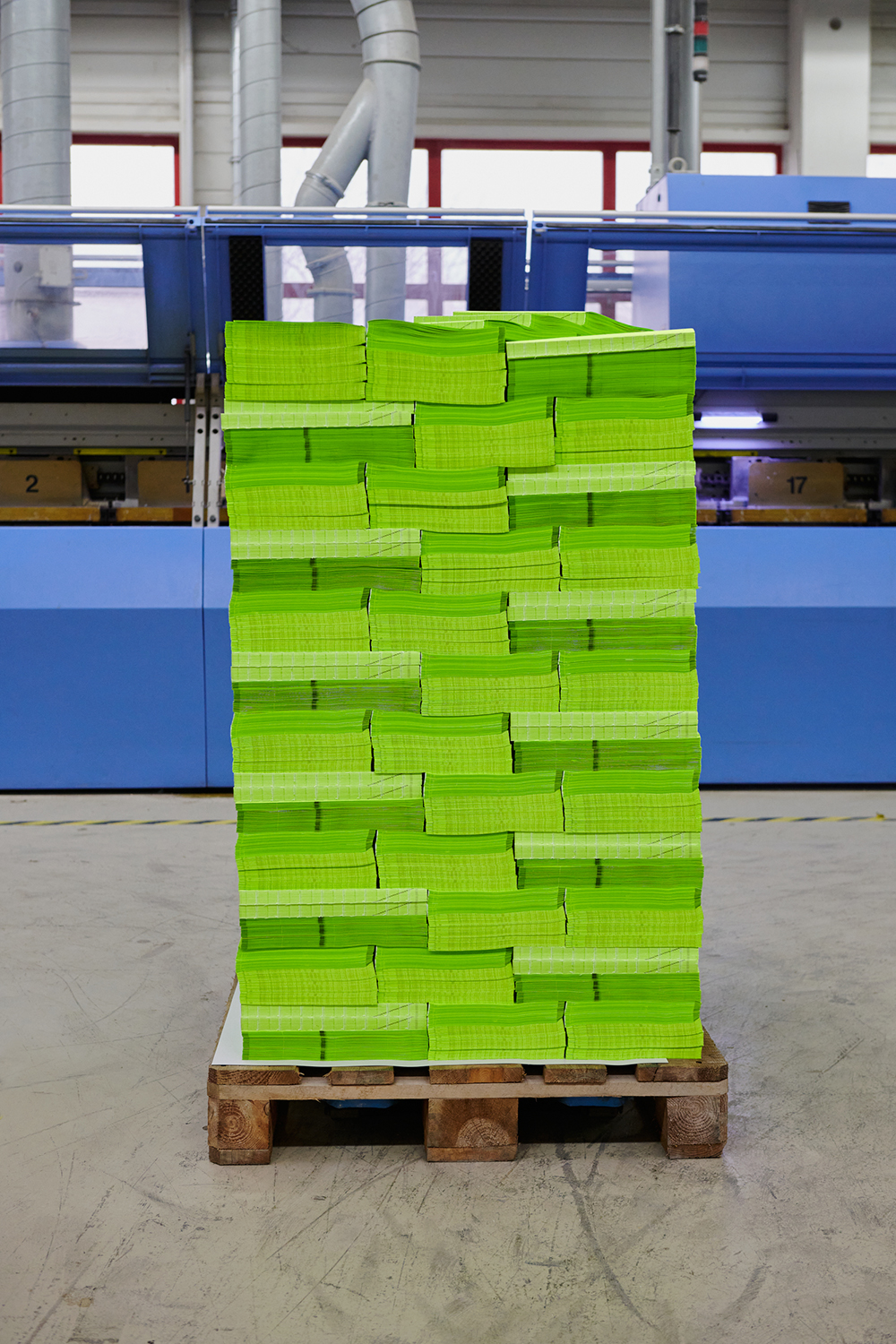
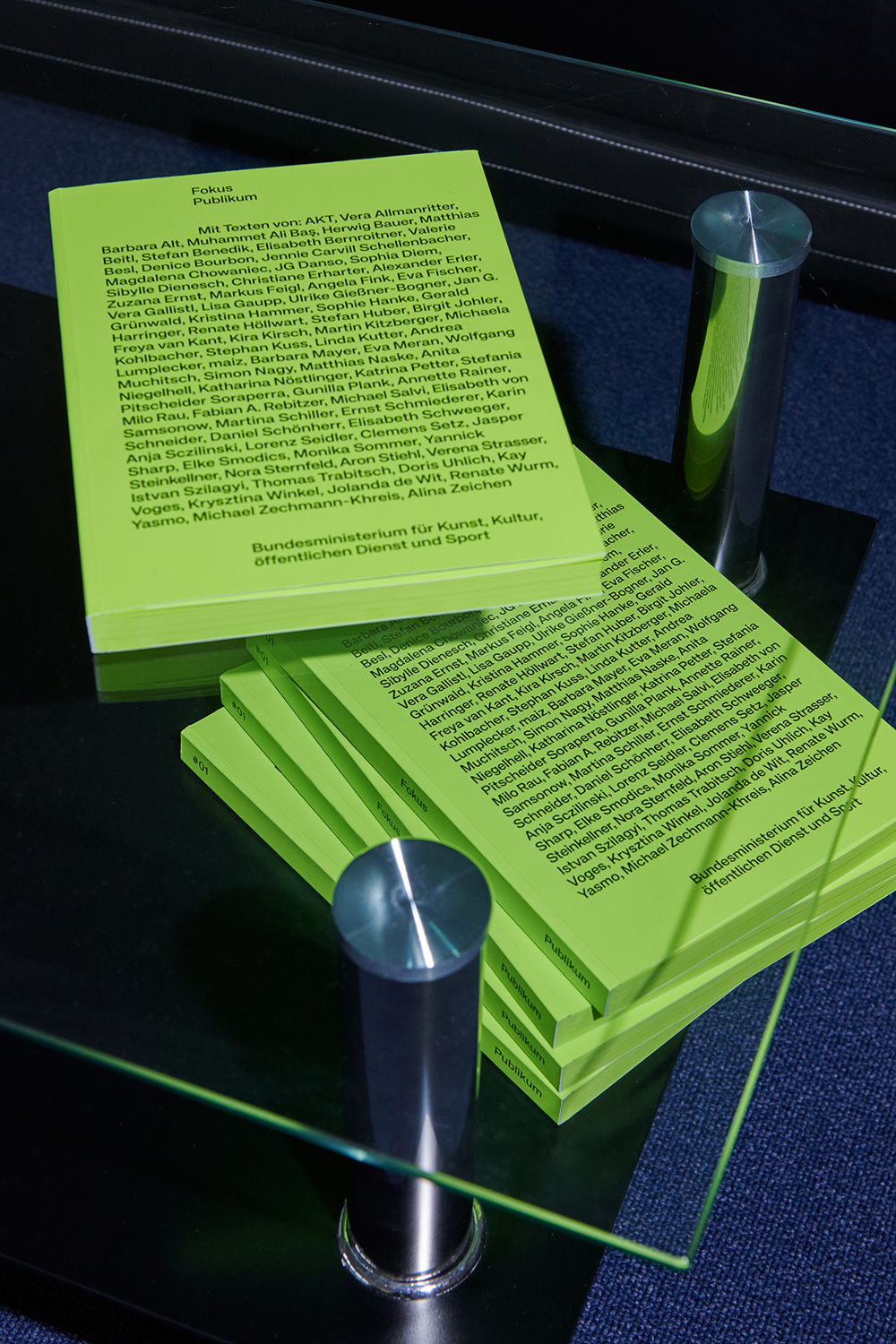
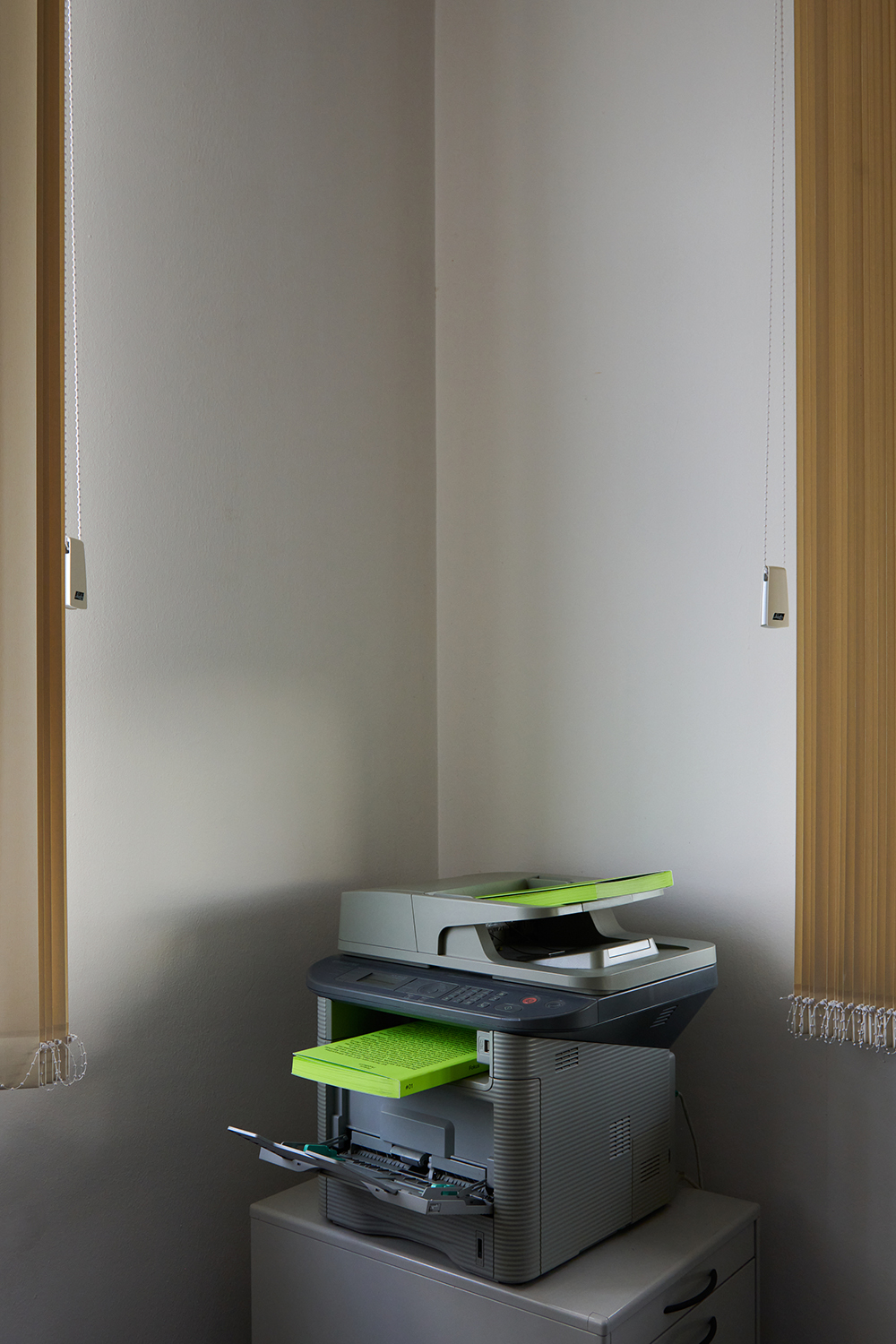
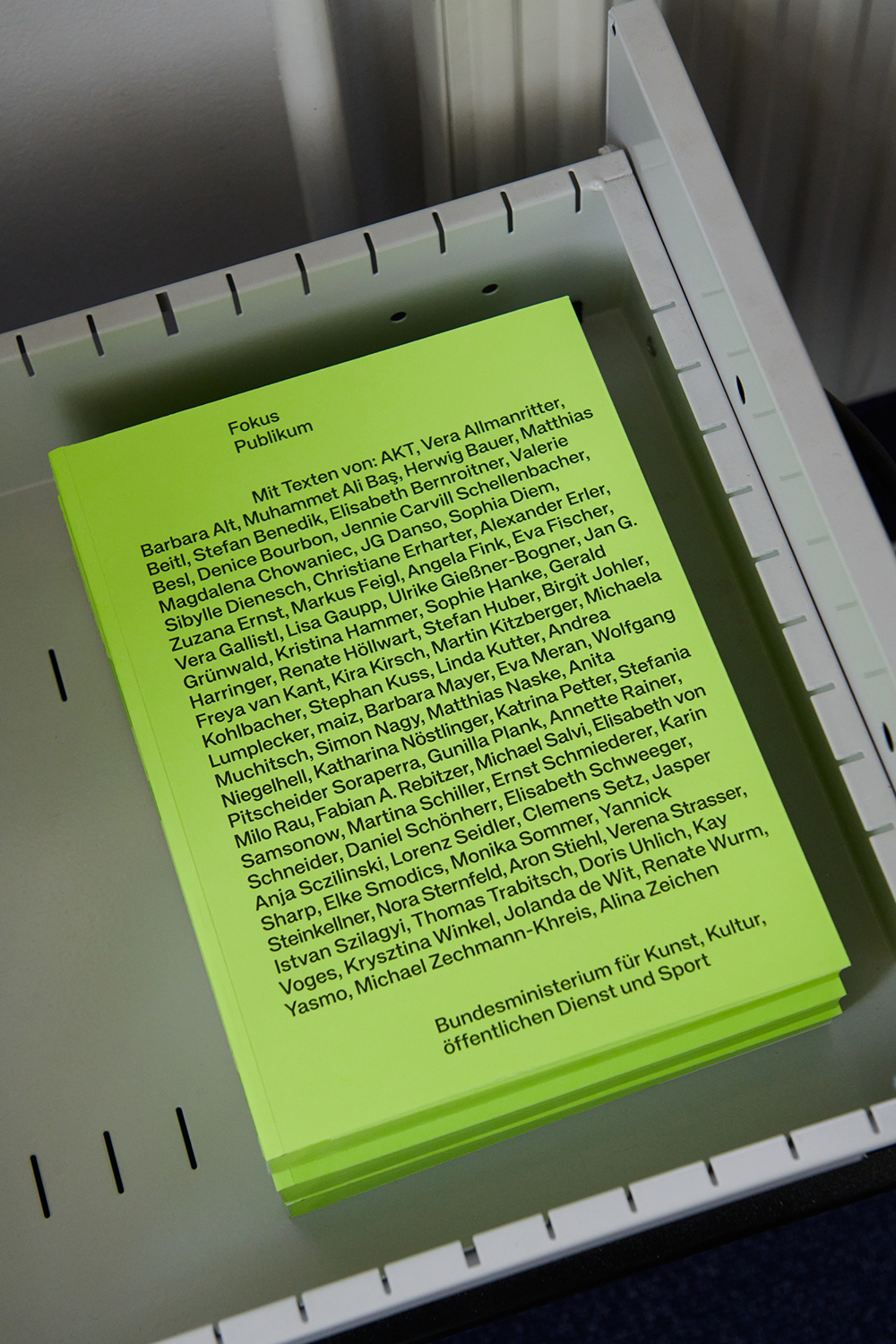
Images © Marcel Koehler

